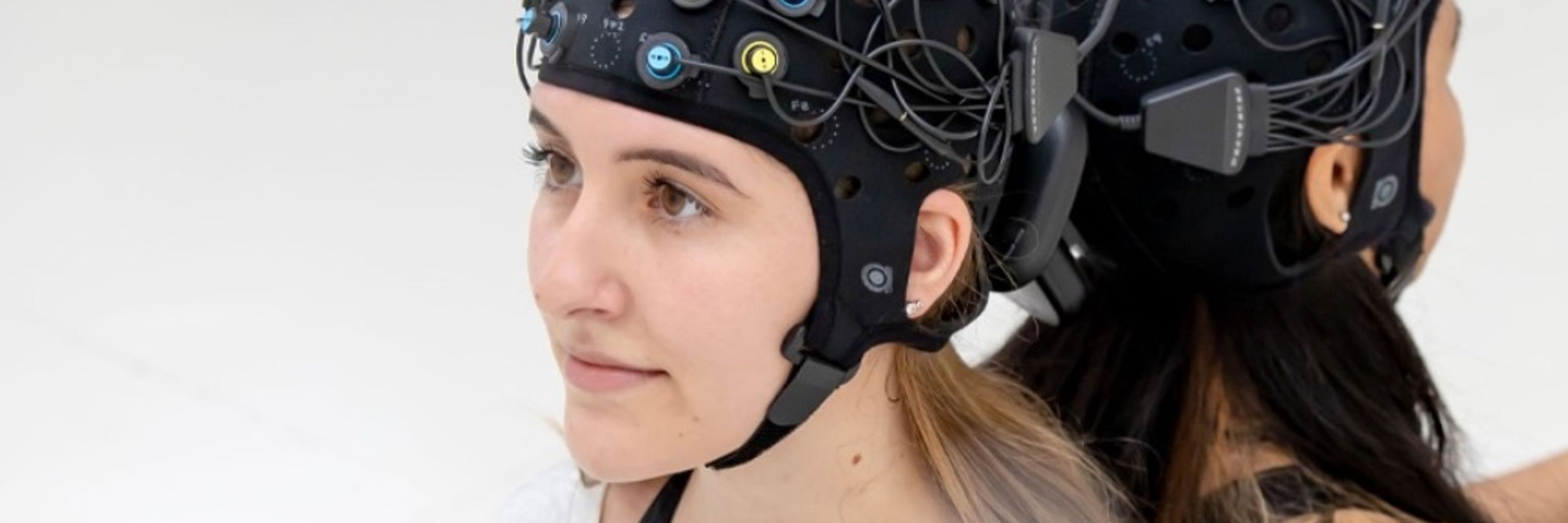
Artinis Medical Systems
@artinis.bsky.social
220 followers
300 following
310 posts
🟡🔗 https://bio.site/artinis
The pioneer of wearable near infrared spectroscopy #nirs #fnirs devices to monitor local oxygenation non-invasively, in both brain🧠 & muscle💪 tissue.
Posts
Media
Videos
Starter Packs










